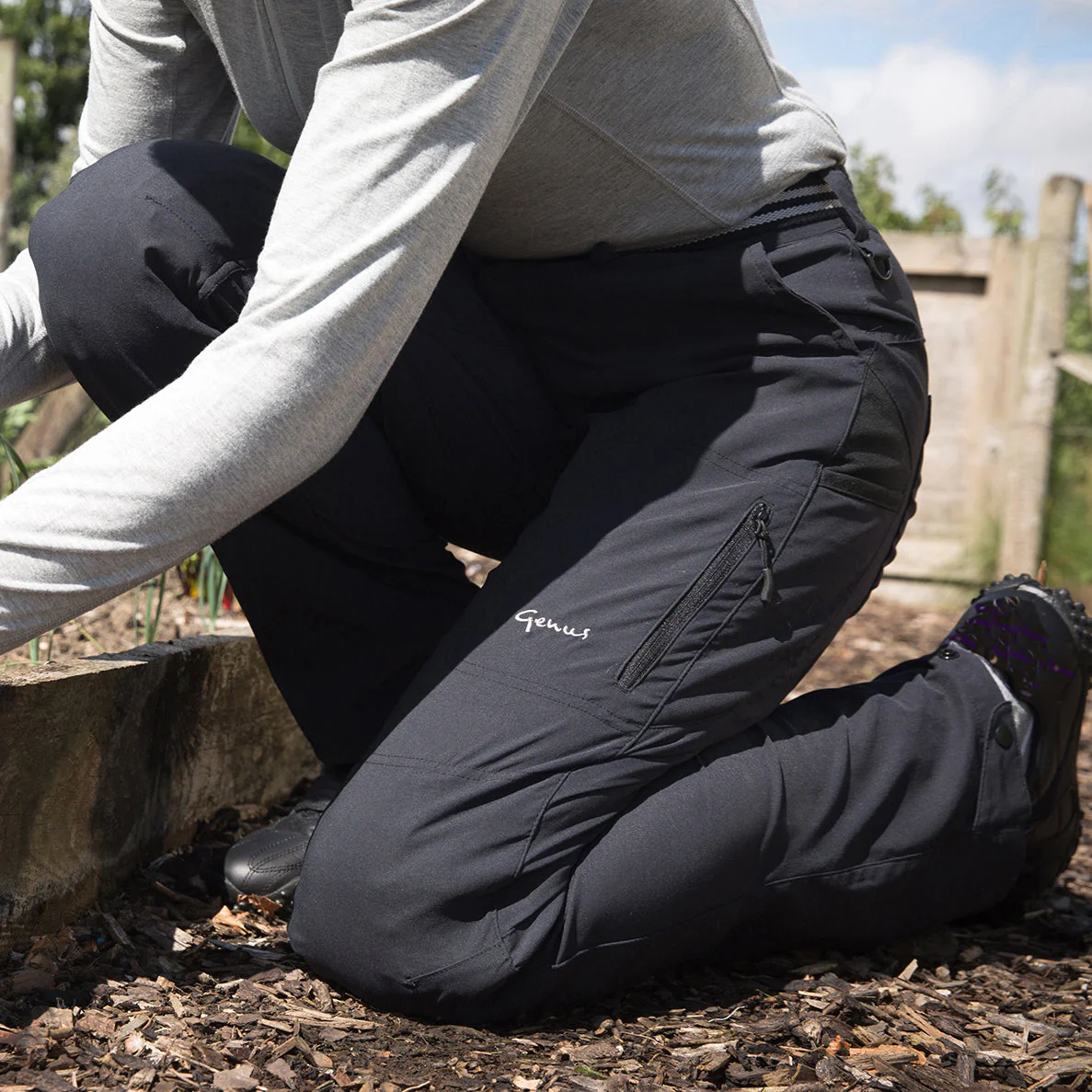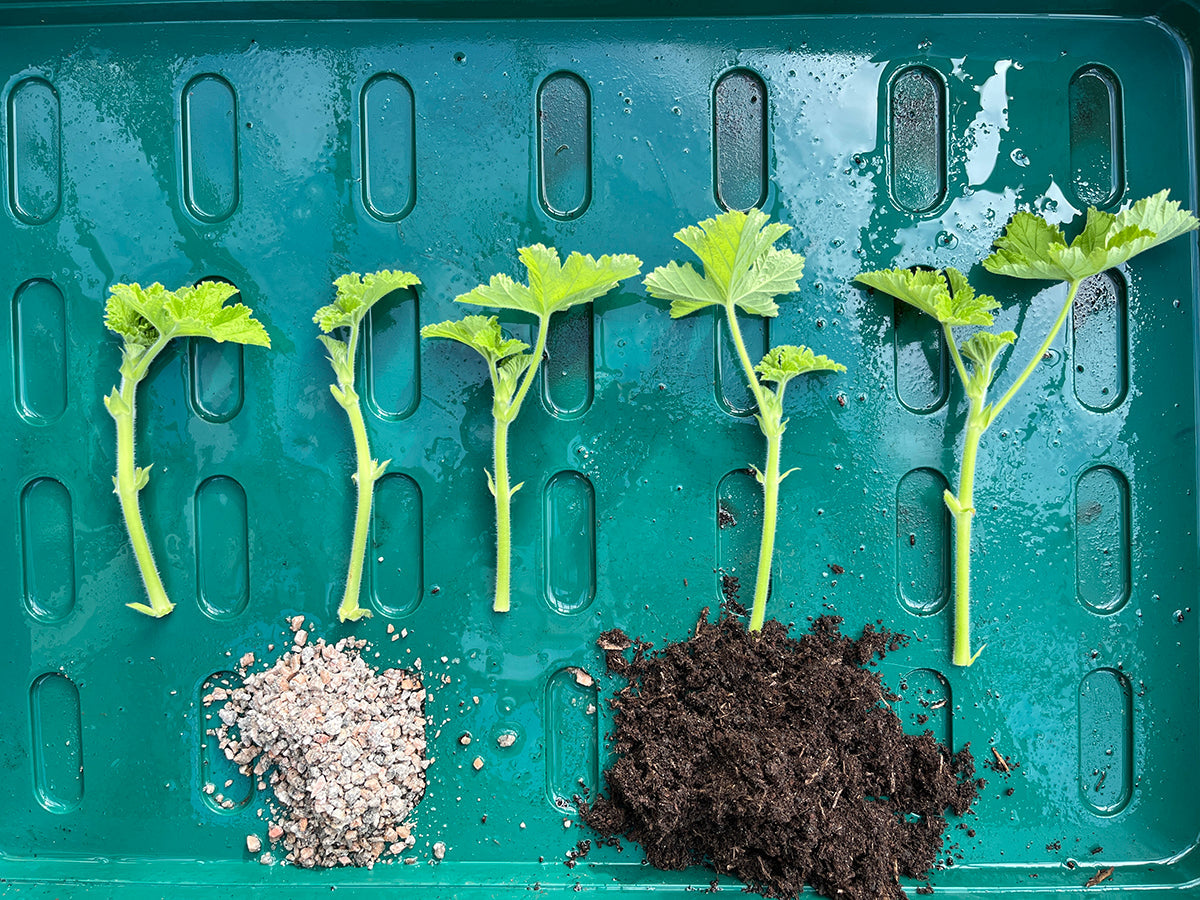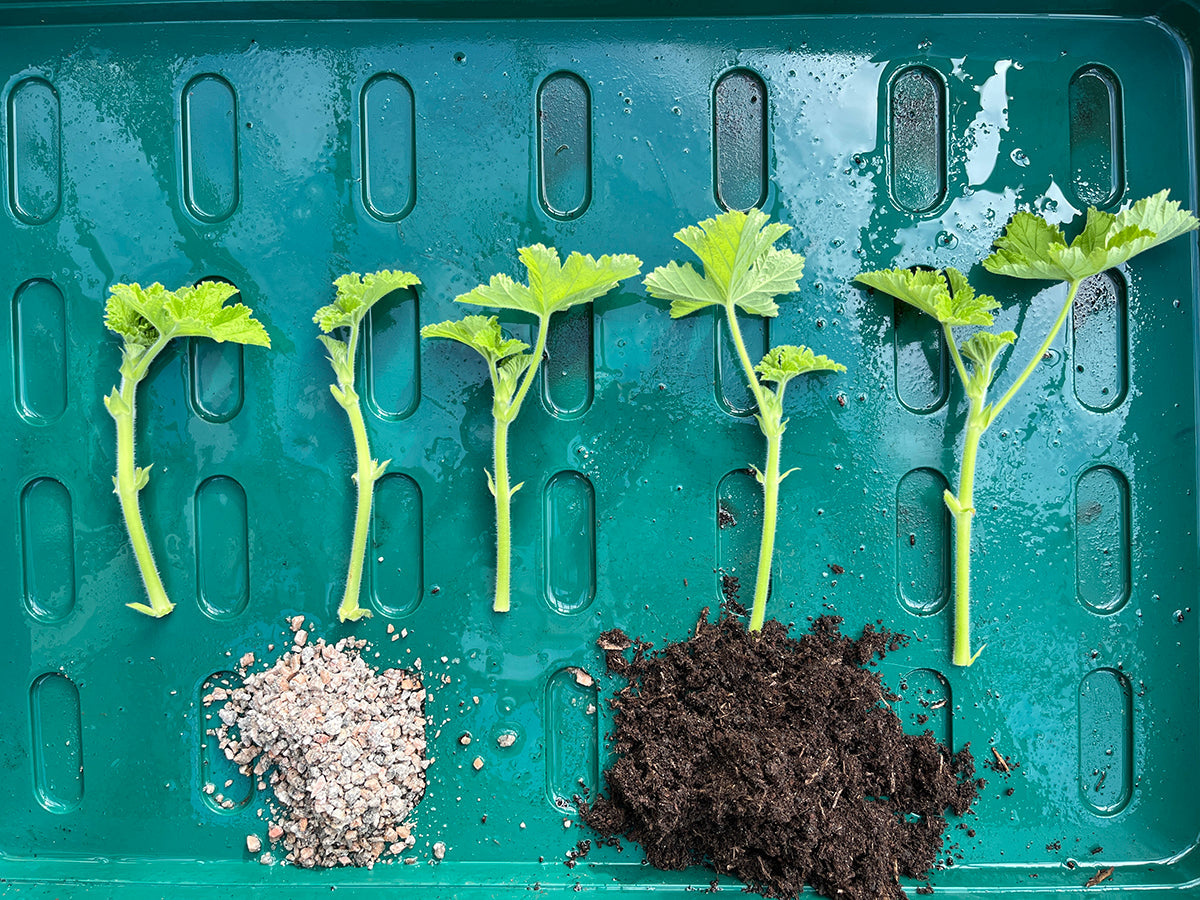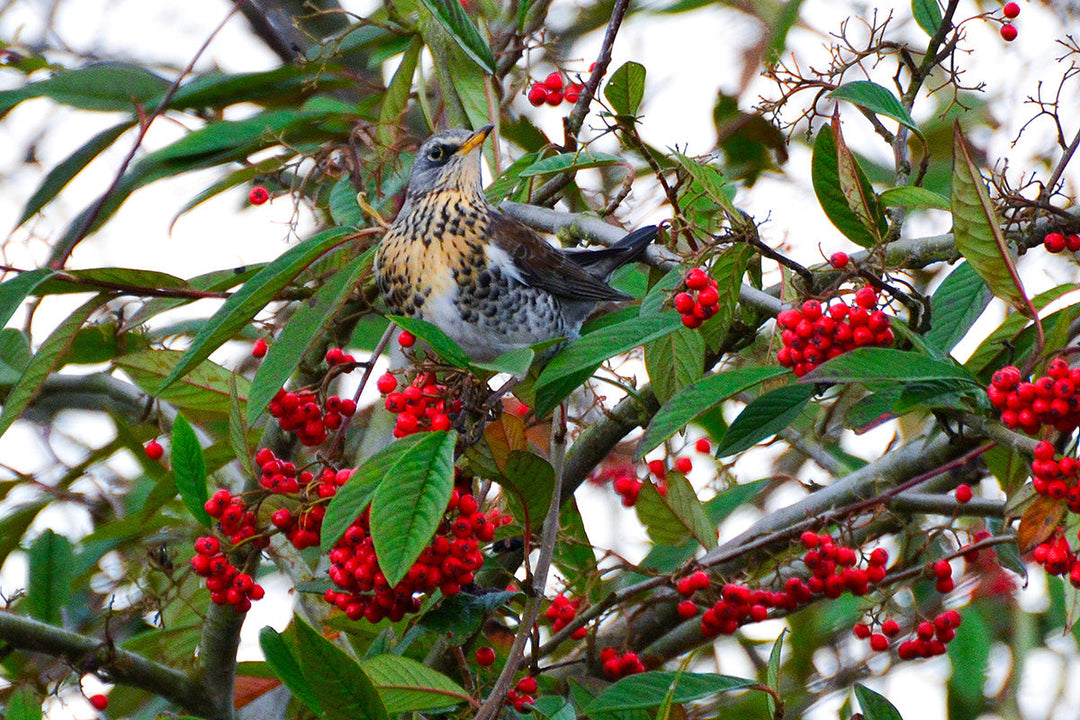Cut flower corner - all about sweet peas
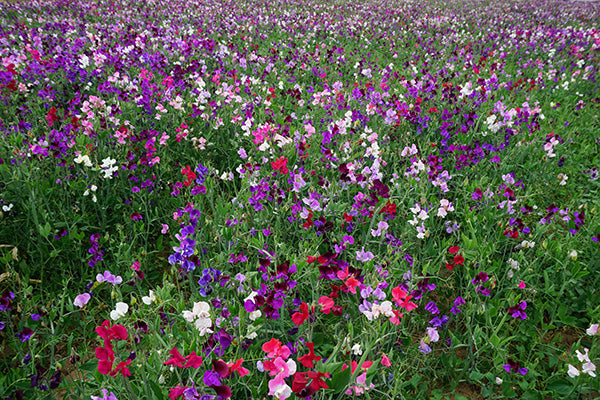
With their gorgeous scent, frilly blooms and beautiful colours, sweet peas (Lathyrus odoratus) make wonderful summer cut flowers. They take a bit of tending to, but the rewards are more than worth it.
The best sweet peas for cutting are varieties with long straight stems and a strong scent. Training them up vertical frames such as pea stick wigwams and arches and tying them in regularly will help make stronger plants with straighter stems.
Sweet peas enjoy a sunny spot but don’t like to bake or dry out, so keep them well watered. Then just pick away and they’ll keep coming. Ideally pick them in the cool of the early morning for the breakfast table, as they’ll be less dehydrated.
There’s a mouth-watering range of colours. Good scented whites include ‘White Supreme’ and ‘Royal Wedding’. Pretty pinks range from pale pink ‘Princess Elizabeth’ and highly-scented, creamy pink-tinged ‘Mollie Rilstone’ to bright magenta ‘Annie B Gilroy’.
Blues and purples include everything from soft mauve 'Flora Norton' to ‘Just Julia’ which is a lovely mid-blue colour. Purples include ‘Matucana’ which has a two tone, purple with a tinge of blue and is one of the best for fragrance. Delicious rich dark purples include ‘Purple Prince’, ‘Midnight’ and ‘Almost Black’, which makes an incredible dark accent with long stems.
Whether you combine all the colours in one big jug or harmonise your colours, you really can’t go wrong.

